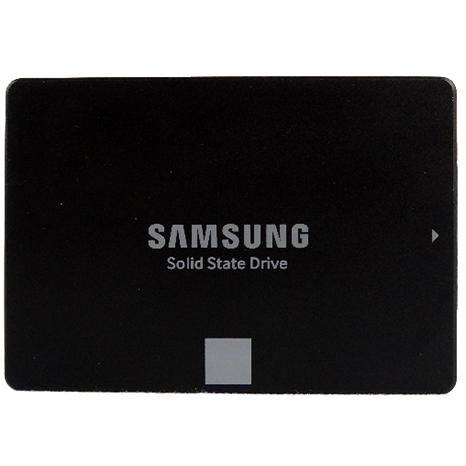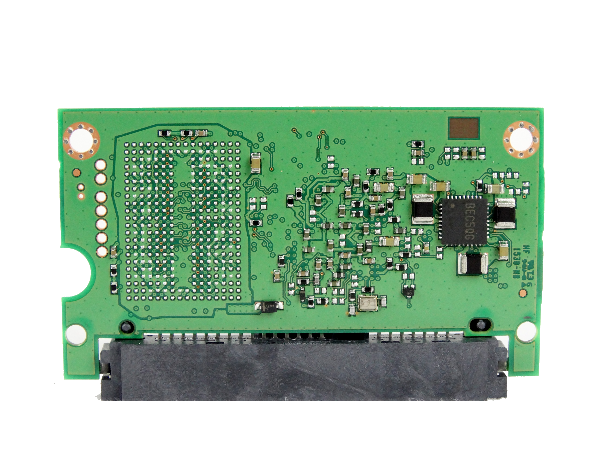Early Verdict
Boasting 10,000 random read IOPS (at a queue depth of one), the SSD 750 Evo delivers an excellent user experience. There really isn't a reason to look elsewhere. Samsung's products now deliver performance from the next pricing tier up, making them the best value in every segment. The 750 Evo employs the same formula that worked so well at other price points. Enthusiasts get superior performance at an undeniably attractive price.
Pros
- +
Low cost • High performance in most workloads
Cons
- -
Only available in two capacities • May not appear in brick and mortar stores due to target market • Low endurance rating (by Samsung's standards) • Comparable to other products in the ultra-value SSD market
Why you can trust Tom's Hardware
Specifications, Pricing, Warranty And Accessories
Samsung decided to bring its low-cost SSD 750 EVO to the U.S. after shipping it for months in Asia. The drive employs planar (2D) three-bit per cell NAND like the 840 EVO, but sees its controller upgraded with low-density parity check (LDPC) error correction technology found on the 850 family.
Samsung's 840 EVO arrived with great fanfare and generated a lot of excitement, becoming the best-selling SSD of all time. Over time though, a problem emerged. Customers found that older data on the drives would read back much slower than fresh data. Samsung fired back with a pair of firmware upgrades and we haven't heard much of the issue since then.
Although it was never officially mentioned, we suspect the underlying issue had to do with the 840 EVO's error correction engine. Samsung recently told us that the 840 EVO used BCH ECC technology, similar to many other SSDs with MLC flash. Newer drives with TLC NAND employ a technology called LDPC (low-density parity-check), which is a much stronger form of error correction that uses both hardware and software checks to recover bit errors.
The new SSD 750 EVO uses the 850 EVO's controller equipped with the more advanced LDPC ECC engine. The SSD was introduced in Japan and other Asian markets two months ago. We assumed the 750 EVO was Samsung's way of burning through a stockpile of planar (2D) NAND before transitioning to 48-layer 3D flash. The company recently stated that planar flash still has a future, and will not disappear from its line-up anytime soon. Samsung's 2D NAND is manufactured using 16nm lithography, and we've heard rumors of a 14nm node in development.
The 750 EVO also crams a 256MB DDR3 memory module in the same package as the MGX controller, which should reduce latency between the processor and its DRAM buffer. This is the first time we've seen the advanced design in a Samsung SSD.
Specifications
MORE: Best SSDs For The Money
MORE: Latest Storage News
MORE: Storage in the Forums
The SSD 750 EVO only ships in two capacities: 120 and 250GB. Armed with a reworked MGX controller, 256MB of DDR3 and TLC flash, it fits in the SSD market's lowest-cost segment. At first we were thrown by the lack of visible DRAM, particularly since Samsung's controller package is similarly sized. Surely, though, the integrated buffer represents a step toward reducing costs.
Get Tom's Hardware's best news and in-depth reviews, straight to your inbox.
Samsung's SSD 750 EVO claims some impressive performance figures. Its sequential read performance peaks at 540 MB/s. Both capacities also peak at 520 MB/s sequential buffered writes. And once again, Samsung manages to squeeze out 10,000 random read IOPS with minimal parallelism. This is attributable to the quad-plane design that doubles the available bandwidth between the controller and flash.
We're told that the 750 EVO targets system builders, and will allow integrators to add SSDs to low-cost notebooks and desktops. Its performance specifications are similar to the company's retail SSDs, but at much lower endurance levels. To compare, the 120GB 750 EVO is rated for 35 terabytes written. The same capacity 850 EVO sports a 75 TBW specification. The gap increases when you step up to 250GB (70 TBW versus 150 TBW).
You do get support for AES-256 full disk encryption, enabling TCG Opal v.2.0. The drives also work with Microsoft's BitLocker feature.
Pricing, Warranty And Accessories
The MSRP for the 120GB model is $54.99 and the 250GB capacity model is priced at $74.99. We expect to see more prevalent use of the SSDs among the tier-two system builders like Origin PC, CyberPower and AVA Direct. Most of those companies will handle warranty claims directly, but Samsung does back the drive with a three-year warranty capped at the TBW rating.
Our test samples arrived surrounded by bubble wrap. At first we assumed that Samsung would make this a white box release like its SM951 family. We later learned the 750 EVO will ship in retail packaging that includes documentation.
The 750 EVO does support Samsung's Magician software. Moreover, this series supports the company's Rapid Mode technology, which utilizes DRAM as a read and write cache. Samsung's Data Migration Tool is compatible as well, though neither software package is included and will need to be downloaded.
A Closer Look
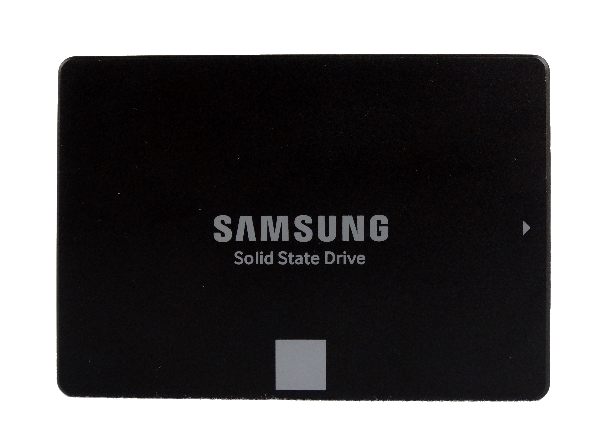
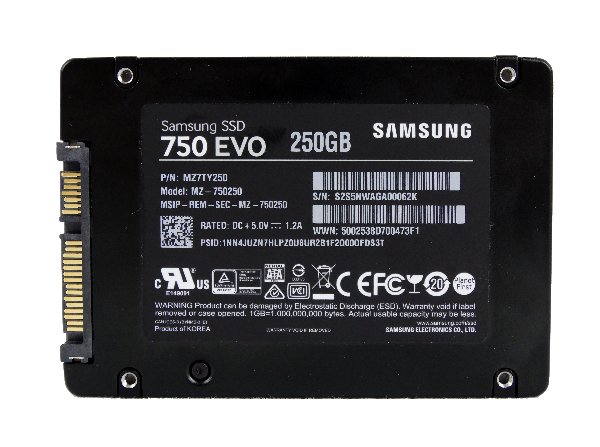


According to Samsung, the 750 EVO will ship in a full retail box similar to the 850 EVO and 850 Pro models. At a glance, the 750 EVO looks like a standard 2.5-inch SSD with a slim 7mm z-height. This is the same chassis the company uses on other products like the 850 EVO.
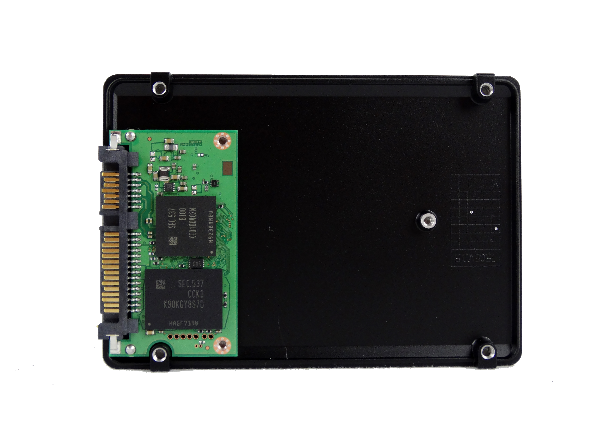
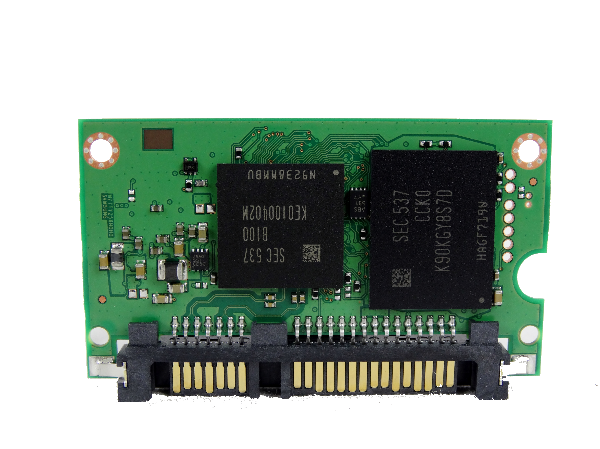

Inside, we find a very small PCB hosting a handful of components. The images show the 250GB model with flash on both sides of the board. Again, the missing DRAM caught us off guard. Samsung didn't talk about its integration efforts during our call a week ago. But by pulling the DDR3 onto the controller's package, latency between the two components should be reduced. Samsung isn't talking about DRAM clock rates or timings, though.
The 120GB model loses the NAND package on the back of the PCB. This is a very low-cost design with low overhead.
Current page: Specifications, Pricing, Warranty And Accessories
Next Page Performance Testing
Chris Ramseyer was a senior contributing editor for Tom's Hardware. He tested and reviewed consumer storage.
-
SteelCity1981 wow the battery life benchmarks on the 750 EVO is highly impressive, it make the 850 EVO's look power hungry. i wasn't expecting to see that at all esp from a non 3D V-NAND SSD. So if getting the most out of your battery life in your portable pc device is very important to you, then def the 750 EVO is the way to go.Reply -
araczynski Of course they're intending these for system integrators, who get a marketing bullet point at a reduced price, and while their lifespan is inferior, the eventual failures will fall out of the integrator's default warranty period ("not our problem, buy a new one from us"). Personally I think this is a cheap move to milk consumers. Samsung should stick to the middle/high level stuff while they still have a good reputation at quality.Reply -
Gam3r01 ReplyOf course they're intending these for system integrators, who get a marketing bullet point at a reduced price, and while their lifespan is inferior, the eventual failures will fall out of the integrator's default warranty period ("not our problem, buy a new one from us"). Personally I think this is a cheap move to milk consumers. Samsung should stick to the middle/high level stuff while they still have a good reputation at quality.
While I do enjoy recommending Samsung's high end drives, I dont see this as milking customers. I would be more comfortable seeing a 750 evo inside a low budget system than kingston's SSD Now! drives. They saw a market in low cost, cheaper made drives. I am happy to see Samsung moving their old tech into this area. Its not the fastest, nor the highest quality drive, but it fits.
I dont see Samsung's quality reputation getting hurt any time soon. -
phoenix32x I am confused. How is this good/better or useful? The 250GB 850 EVO is quite often available for $80. $5 less for inferior flash with less endurance. I don't get the point I guess.Reply -
Gam3r01 Reply17524941 said:I am confused. How is this good/better or useful? The 250GB 850 EVO is quite often available for $80. $5 less for inferior flash with less endurance. I don't get the point I guess.
I see the price dropping once it becomes available. Otherwise I agree it wont have a place at that price. -
Darkbreeze At twenty bucks less it makes sense, otherwise, it would be worth the extra twenty bucks simply for the longevity. Especially when the Sandisk Ultra II has similar performance to the 850 EVO in most capacities for a lower price.Reply -
joex444 Replywow the battery life benchmarks on the 750 EVO is highly impressive, it make the 850 EVO's look power hungry. i wasn't expecting to see that at all esp from a non 3D V-NAND SSD. So if getting the most out of your battery life in your portable pc device is very important to you, then def the 750 EVO is the way to go.
You're absolutely not wrong that the 750 seems to give about an hour more battery life than the 850 does, but let's remind ourselves that these plots were made starting at 500 minutes not 0 minutes. That's inherently deceptive, and obviously THG would say it's meant to show the variation more clearly, but the fact is that the bar looks like it's 70% longer (170 apparent units versus 105 apparent units), we should divide the values to reveal the true benefit: 10.7%. I may not be that inclined to get up in a tizzy about an extra 10% or an extra hour -- particularly when the 850 already allows 10 hours of usage -- but an extra 70% would be truly outstanding. Alas, that 70% is merely deceptive non-zero starting points on a graph. -
Math Geek endurance is not that bad really unless you try to use it as a torrent drive or something silly like that. during the 3 yr warranty period for the 120 gb drive, you'd have to write 32 GB per day to the drive to reach the 35 TB TBW. sure the initial windows install and program installations will take up a bit of this but once that is done, day to day use won't get anywhere near this number for the average user.Reply
double this amount for the 250 GB drive since it has the same 3 yr warranty but a 70 TBW and you're even further than breaking this threshold. even storing data on it won't do much since this is usually written once and then read over and over. the reading of the data does not go against this TBW rating.
